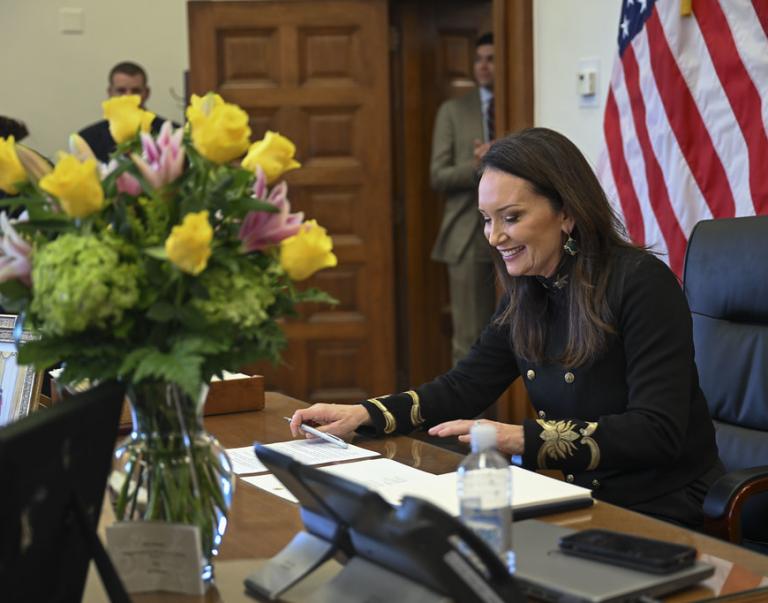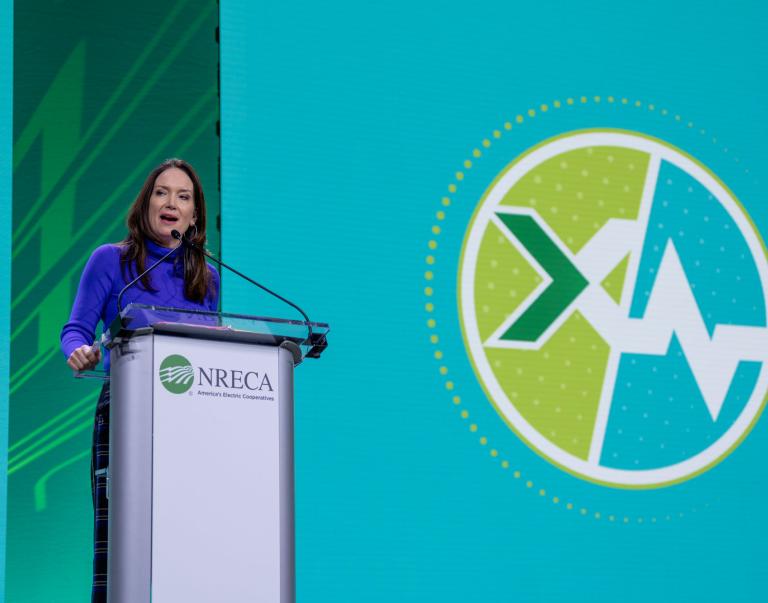Wisconsin's affordable housing developers and owners will be relieved of regulatory redundancies and burdens on receiving government financial assistance for low and moderate income housing developments as a result of a Memorandum of Understanding signed last week.

USDA Rural Development, the US Department of Housing and Urban Development (HUD), and the Wisconsin Housing and Economic Development Authority (WHEDA) jointly announced the implementation of the program at a signing ceremony in Madison, Wis.
USDA Rural Development State Director, Stan Gruszynski, joined officials in signing a agreement that allows the State to align Subsidy Layering Review (SLR) requirements between the three agencies to reduce duplicative and unnecessary paperwork, and help state and federal agencies better serve low-income families who rent their homes.
“It only makes sense that all levels of government work together to better coordinate services and remove redundancies. By partnering to find efficiencies and leveraging our resources, we are helping to generate greater opportunities and create jobs,” said Gruszynski. “This is an important step forward in the Obama Administration’s action plan to streamline government policies and build strong inter-agency partnerships to serve the American public as cost-effectively as possible.”
The new initiative will increase communication between agencies, provide a “one-stop-shop” for development applicants, ensure timeliness of reviews, and simplify the application process. This will benefit owners, developers, tenants, and local communities working to create and preserve affordable housing.
“The more we work together, the more likely it is that we’ll be able to find other ways and new opportunities to collaborate and address the responsibilities that fall to government ,” added Gruszynski.
Nearly all federal housing programs have statutes requiring the administering agencies to confirm that the total amount of subsidy provided does not exceed eligible costs. When developers of affordable housing are awarded multiple sources of public funding, they are subject to multiple SLRs, which cause delays and add costs to projects that are preparing to start construction.
Since April 2011, USDA Rural Development, HUD, and WHEDA have been working to repair irregular requirements affecting government supported affordable rental housing programs in response to the White House’s Domestic Policy Council’s request to improve the coordination. Gruszynski signed the MOU along with HUD Midwest Regional Administrator, Antonio Riley, and WHEDA Executive Director, Wyman Winston.
This signing is the second pilot program launched in Wisconsin to reduce regulatory burdens and pave the way for developers and owners to focus on delivering more housing and resources to those in need. On November 7, 2011, the three agencies signed an MOU making Wisconsin the first state in the country to launch a program to reduce duplicate physical inspections of rental housing projects by multiple sources.
“Once again Wisconsin is blazing a new trail for the rest of the country to follow,” said Riley.




